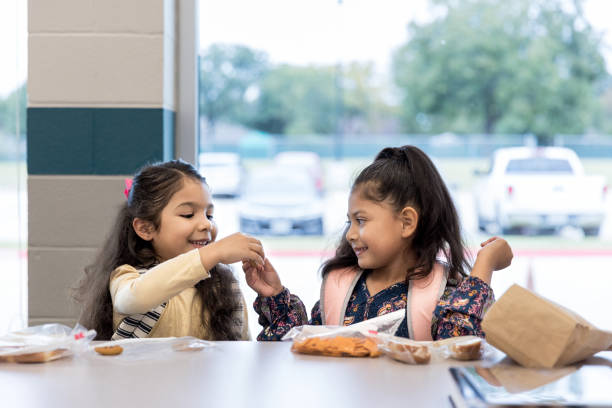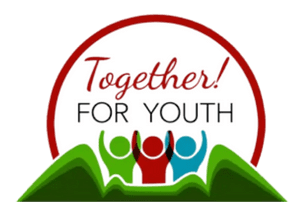We chose to provide Second Step curriculum to our local elementary schools because Second Step is a great tool that teaches resilience, hope, and compassion to students. The Second Step program is a Tier 1 universal classroom-based curriculum that teaches foundational social-emotional and self-regulation skills to all students K-8th grade.
From Second Step
“Not just better students, better people.”
Second Step is a program rooted in social-emotional learning (SEL) that helps transform schools into supportive, successful learning environments uniquely equipped to encourage children to thrive. More than just a classroom curriculum, Second Step’s holistic approach helps create a more empathetic society by providing education professionals, families, and the larger community with tools to enable them to take an active role in the social-emotional growth and safety of today’s children. It’s a difference you can feel the moment you step through the doors to a Second Step school: a sense of safety and respect grounded in the social-emotional health and well-being of the entire school community.
Used by schools in over 70 countries and reaching 14 million students annually, Second Step is a long-standing partner in education, built on decades of research and experience. Educators turn to Second Step because of its record of results, its commitment to research, and its intuitive programs that are designed with empathy and scalable. Second Step is a comprehensive and sound investment to support improving child safety, readiness to learn, school culture, and academic success.
In our Elementary Schools- Social-Emotional Learning (SEL)
TOGETHER! for Youth has provided SEL to four school districts within Chelan & Douglas counties for the past 5 years. We work closely with the school counselors and teachers, and value our partnership with them greatly.
The elementary years bring exciting new challenges and opportunities. It’s the ideal time to nurture social-emotional competence and develop foundational learning skills.
Evidence-based Second Step SEL for K–5 includes everything schools need to integrate social-emotional learning (SEL) into their classrooms and schoolwide. Using the Second Step curriculum has been shown to decrease problem behaviors, and it’s designed to promote school success, self-regulation, and a sense of safety and support.
Children need social-emotional skills to thrive both in the classroom and in life. Social-emotional learning (SEL) curricula teach children techniques to:
- Gain confidence
- Set goals
- Make better decisions
- Collaborate with others in work and play
- Navigate the world more effectively
The Purpose of SEL: Let’s Be Clear

COMMUNICATION – COOPERATION – DECISION MAKING
Instead, SEL concepts provide an extra dimension to education, focusing on improving cooperation, communication, and decision making. In a world where emotional intelligence is critical for lifelong happiness, successful careers, and healthier relationships, SEL gives students a framework for developing these skills.
How Effective is Second Step?
Decades of research have demonstrated the benefits of SEL. A short list of research findings includes the items below.
- In a meta-analysis of 213 school-based SEL programs, participants demonstrated significantly improved social and emotional skills, attitudes, and behavior, as well as an11-percentile-point gain in academic performance. [1]
- Children who are socially and emotionally competent have more friends and more connections with positive peers, and are less likely to be rejected, isolated, or bullied. Children with friends are happier and more successful in school. [2]
- Empathetic children with good perspective-taking skills are less likely to be physically, verbally, or indirectly aggressive toward peers. [3]
- Children’s social relations affect their feeling of connectedness at school, which affects their sense of academic competence. [4]
- The social-emotional competence of students is an important component of effective bullying prevention. [5]
Follow these links for more information
http://www.secondstep.org/Portals/0/common-doc/low-et-al-second-step-rct-2015.pdf
https://www.secondstep.org/


